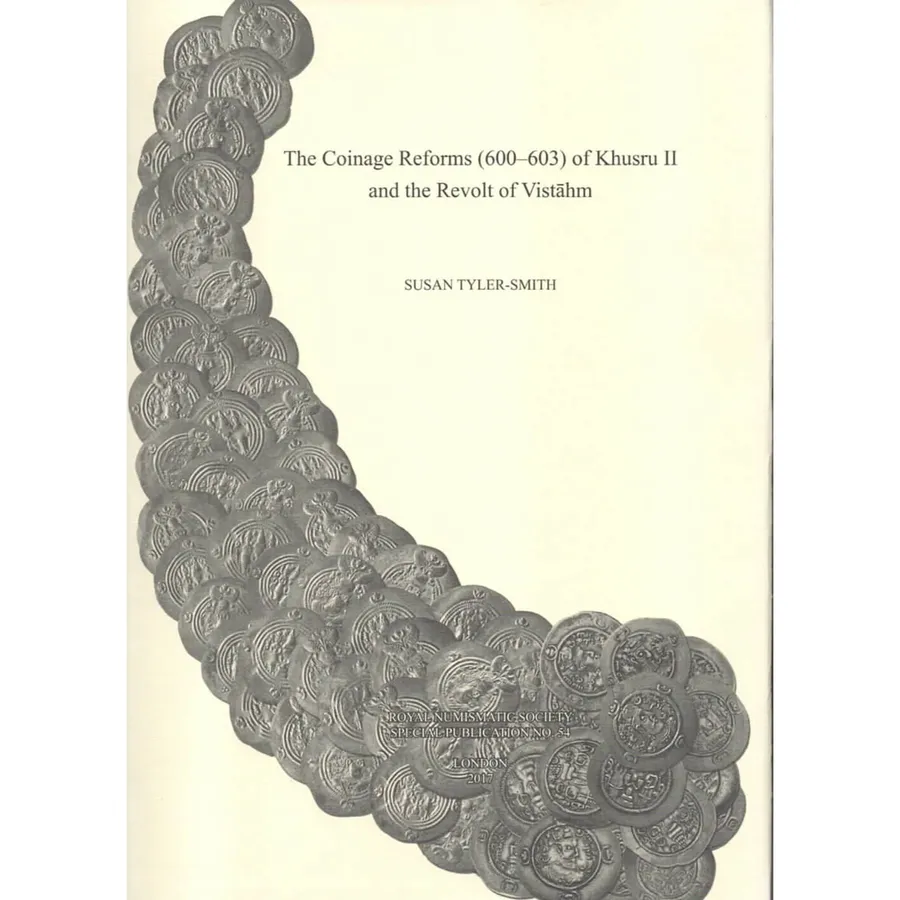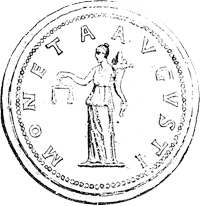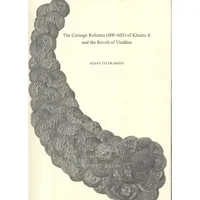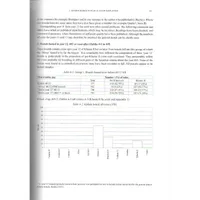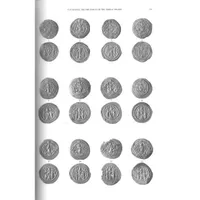- Title
-
The coinage reforms (600-603) of Khusru II and the Revolt of Vistāhm
- Authors
-
Tyler-Smith Susan
- Preface
- Stefan Heidemann
- Series
- Special Pubblication No. 54
- Publisher
- Royal Numismatic Society
- Year of publication
- 2017
- Language
-
- English
- Number of pages
- 292
- Number of tables
- 52 in the text
- Format
- Hardcover with dust jacket
- Size
- 22 x 30.5 x 2.5 cm
- Weight
- 1479 g
- ISBN
- 0901405892
- Notes
-
One of the most intriguing literary passages relating to Sasanian coins is in al-Tabari’s, famous History. A number of questions about his ‘evil conduct’ are put to the former king of kings, Khusru II, shortly after his overthrow in 628. One concerns Khusru’s methods of tax gathering and his harsh treatment of his subjects. Khusru’s reply is important to numismatists as it contains the comment that he ordered ‘the engraving of new dies for coins, so that we might give our orders for beginning the minting of new silver [drachms] with them’. Khusru adds that he gave this order ‘at the end of year thirteen [602/3] of our reign’. The meaning of this passage and the remarkable coinage reforms of the early seventh century are explored in depth.
Khusru II’s long reign and the numerous mints operating under him ensure that his drachms are the commonest in the Sasanian series. Over 90% of the enormous ‘Shiraz’ or ‘Year 12’ hoard was probably formed of Khusru’s coins dating between 591 and 602. A parcel of 562 coins from this hoard forms the springboard for the current study. This establishes the precise sequence of the types, the date of the introduction of the enigmatic apd legend and discusses the subsequent hoarding of Khusru’s coins. The latest mint attributions are discussed.
By contrast the coinage of Khusru’s contemporary and rival, the usurper Vistahm, is scarce. Its numerous varieties, from two mints, contrast with Khusru’s centralised minting system which produced a highly standardised, tightly controlled, coinage. Vistahm’s coins are the subject of a special study with all the known dies. - Condition
- New
Item added
Your cart has been updated. You can proceed with other purchases or complete your order.
